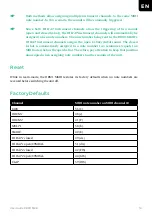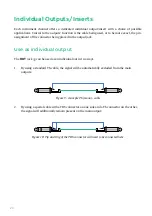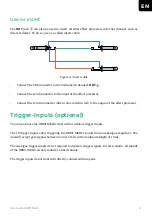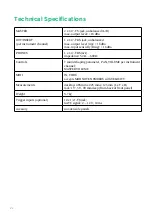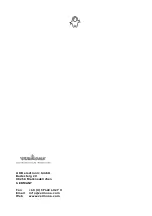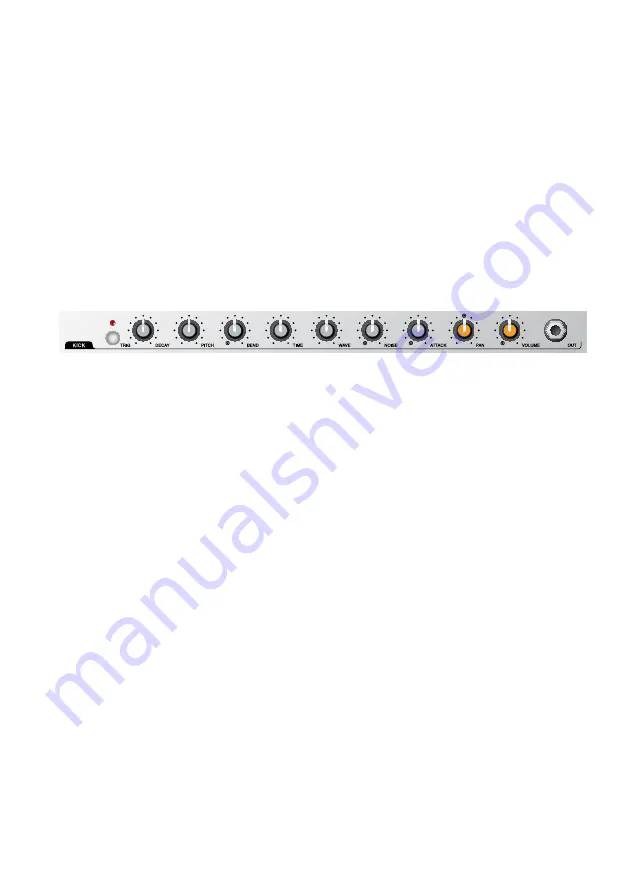
☛
For getting the best possible signal-to-noise ratio we highly recommend to set
the instrument channels
VOLUME
knob
⑤
as high as necessary while setting the
MASTER
potentiometer
⑥
as low as possible.
The DRM1 MKIII’s instrument channels
The eight instrument channels are tailored to generate specific drum sounds. However, thanks to
their flexibility, you are explicitly asked to experiment and get creative. You will find out that each
instrument channel offers plenty of different sounds.
KICK
Figure 3: KICK instrument channel of the DRM1 MKIII
The first channel is optimized to produce bass drum sounds.
DECAY
sets the length of the sound until fade out. The first half of the control allows
creating tight kick drums for dance music. From the noon-setting of the control, the
kicks are significantly increasing in length. These sounds are often found in genres
such as Hip-Hop or R’n’B. With
DECAY
set to maximum, long sounding bass drums
can be achieved. Use these for Jeep Beats, D’n’B and Dubstep – BOOOOOOOM
PITCH
sets the overall sound frequency. Of course, the lower range of this knob is relevant
when creating bass drums. Start from a 9 o’ clock position. With
PITCH
adjusted to
a higher value, you may as well create tom- and percussion sounds with the
KICK
instrument channel.
PITCH
interacts with the following parameters
BEND
and
TIME
.
BEND
adjusts the intensity of a pitch modulation by the
TIME
envelope. Higher values
will increase the amount of modulation but also increase the perceived pitch of
the sound, especially with
DECAY
set to shorter values. Regard
PITCH
,
BEND
and
TIME
as being interactive.
With pitch modulation being completely absent, bass drums may sound flat and
not distinctive; therefore we recommend at least a little dose of
BEND
. To create
dance-kicks use higher
BEND
settings and lower
TIME
settings. For long booming
kicks keep the control in the lower half.
10




















